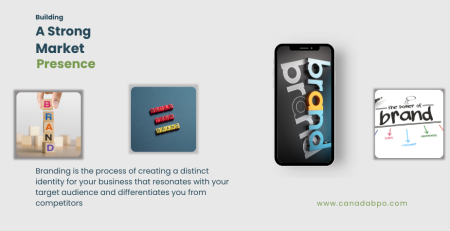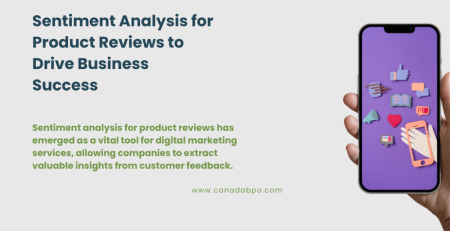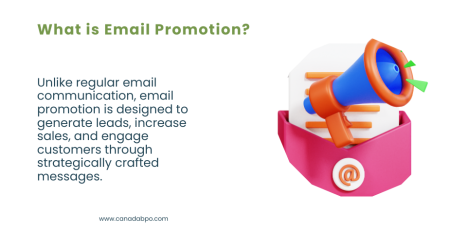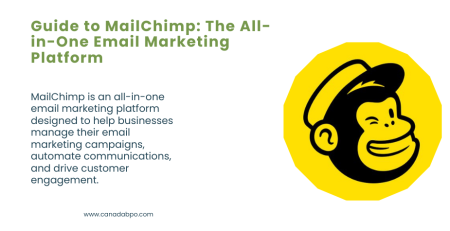Market segmentation is a crucial strategy in modern marketing that allows businesses to divide their target market into distinct groups of consumers with similar needs, preferences, and behaviors. By identifying these segments, brands can create more tailored and effective marketing strategies. In this blog post, we will explore various examples of market segmentation and how companies use this approach to reach their ideal customers.
What is Market Segmentation?
Market segmentation is the process of dividing a broad consumer or business market into sub-groups based on shared characteristics. These characteristics can be demographic, geographic, psychographic, or behavioral. Each segment represents a group of potential customers with specific needs that can be addressed through targeted marketing efforts.
Examples of Market Segmentation:
- Demographic Segmentation:
- Explanation: Demographic segmentation divides the market based on factors such as age, gender, income, education, occupation, and family size. This is one of the most common forms of segmentation because demographic data is easy to collect and analyze.
- Example: A luxury car brand may target high-income individuals aged 35-55, while a baby product company might focus on new parents between the ages of 25-40.
- Geographic Segmentation:
- Explanation: Geographic segmentation involves dividing the market based on location, such as country, region, city, or neighborhood. It allows businesses to tailor their marketing efforts to the specific needs and preferences of consumers in different areas.
- Example: A clothing retailer might promote winter apparel to customers in colder regions and summer outfits to those in warmer climates.
- Psychographic Segmentation:
- Explanation: Psychographic segmentation focuses on consumers’ lifestyles, values, interests, and personality traits. This type of segmentation helps brands connect with consumers on a deeper, emotional level.
- Example: A fitness brand may target health-conscious individuals who value an active lifestyle, while a luxury brand may focus on consumers who prioritize status and exclusivity.
- Behavioral Segmentation:
- Explanation: Behavioral segmentation categorizes consumers based on their behaviors and decision-making patterns, such as purchasing habits, brand loyalty, and product usage. This helps brands target customers based on how they interact with products or services.
- Example: An e-commerce site might target frequent buyers with personalized offers, while a subscription service could focus on customers who have shown a tendency to renew their memberships regularly.
- Firmographic Segmentation (B2B Market):
- Explanation: In B2B (business-to-business) markets, firmographic segmentation is used to divide the market based on company attributes such as industry, company size, revenue, and location.
- Example: A software company might target large corporations in the financial sector, while a marketing agency may focus on small businesses in the retail industry.
Benefits of Market Segmentation:
- Improved Targeting:
- Explanation: By segmenting the market, businesses can create more targeted marketing campaigns that resonate with specific groups of consumers. This leads to better engagement and higher conversion rates.
- Impact: Targeted marketing ensures that the right message reaches the right audience at the right time, increasing the effectiveness of marketing efforts.
- Enhanced Customer Experience:
- Explanation: Market segmentation allows brands to tailor their products, services, and marketing messages to meet the unique needs of each segment. This personalized approach enhances the overall customer experience.
- Impact: When customers feel that a brand understands their needs, they are more likely to remain loyal and make repeat purchases.
- Efficient Resource Allocation:
- Explanation: By focusing on specific segments, businesses can allocate their marketing resources more efficiently. Instead of trying to reach a broad audience, they can concentrate their efforts on the segments most likely to convert.
- Impact: Efficient resource allocation leads to higher returns on investment (ROI) and more cost-effective marketing strategies.
Market segmentation is a powerful tool that helps businesses connect with their target audience in a more meaningful way. By understanding the different types of market segmentation and applying them effectively, brands can create personalized marketing campaigns that drive results. Whether you’re using demographic, geographic, psychographic, or behavioral segmentation, the key is to understand your customers and deliver value that meets their specific needs.
Looking to implement market segmentation in your marketing strategy? Contact us today to learn how we can help you create targeted campaigns that resonate with your ideal customers.










